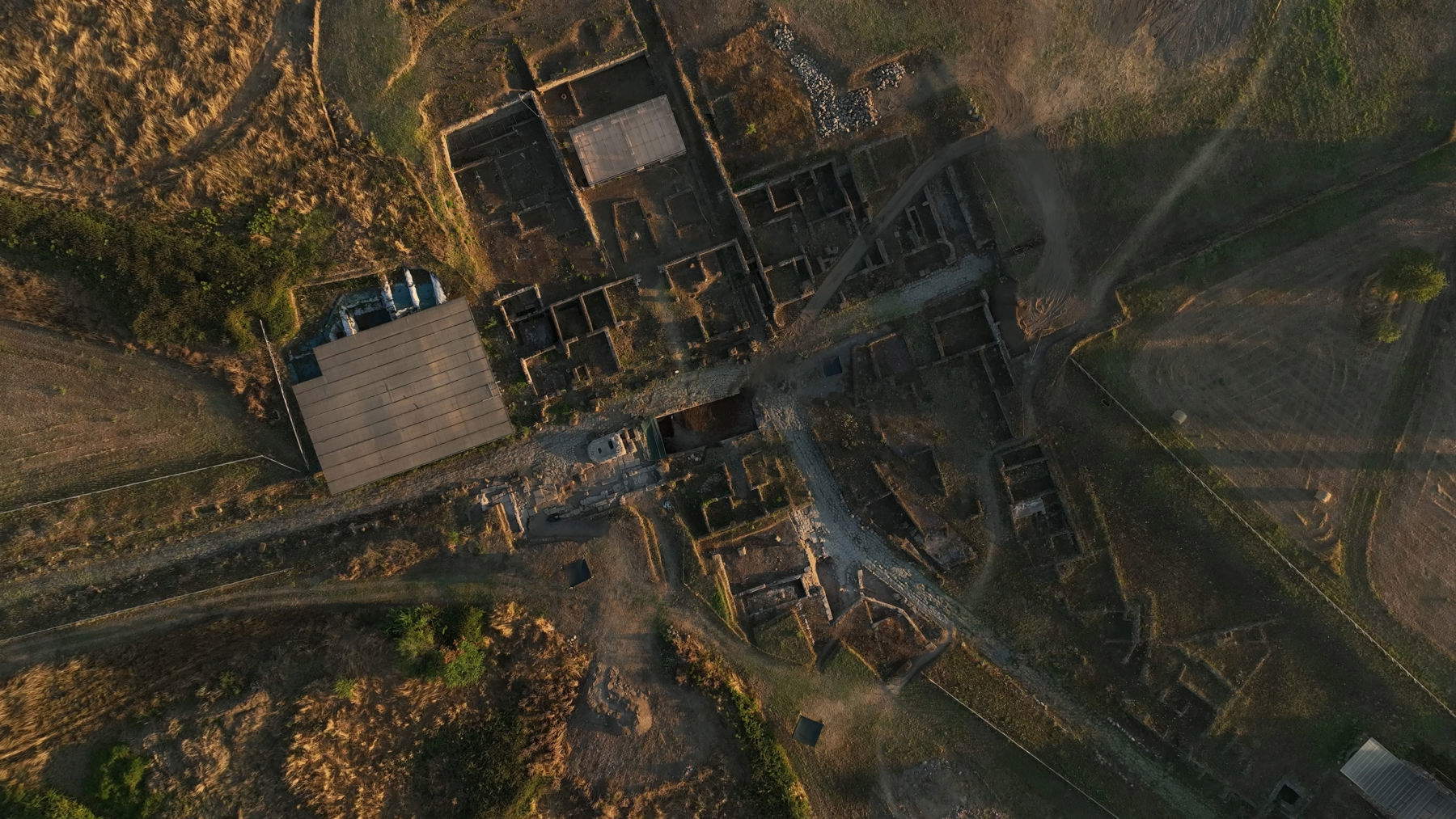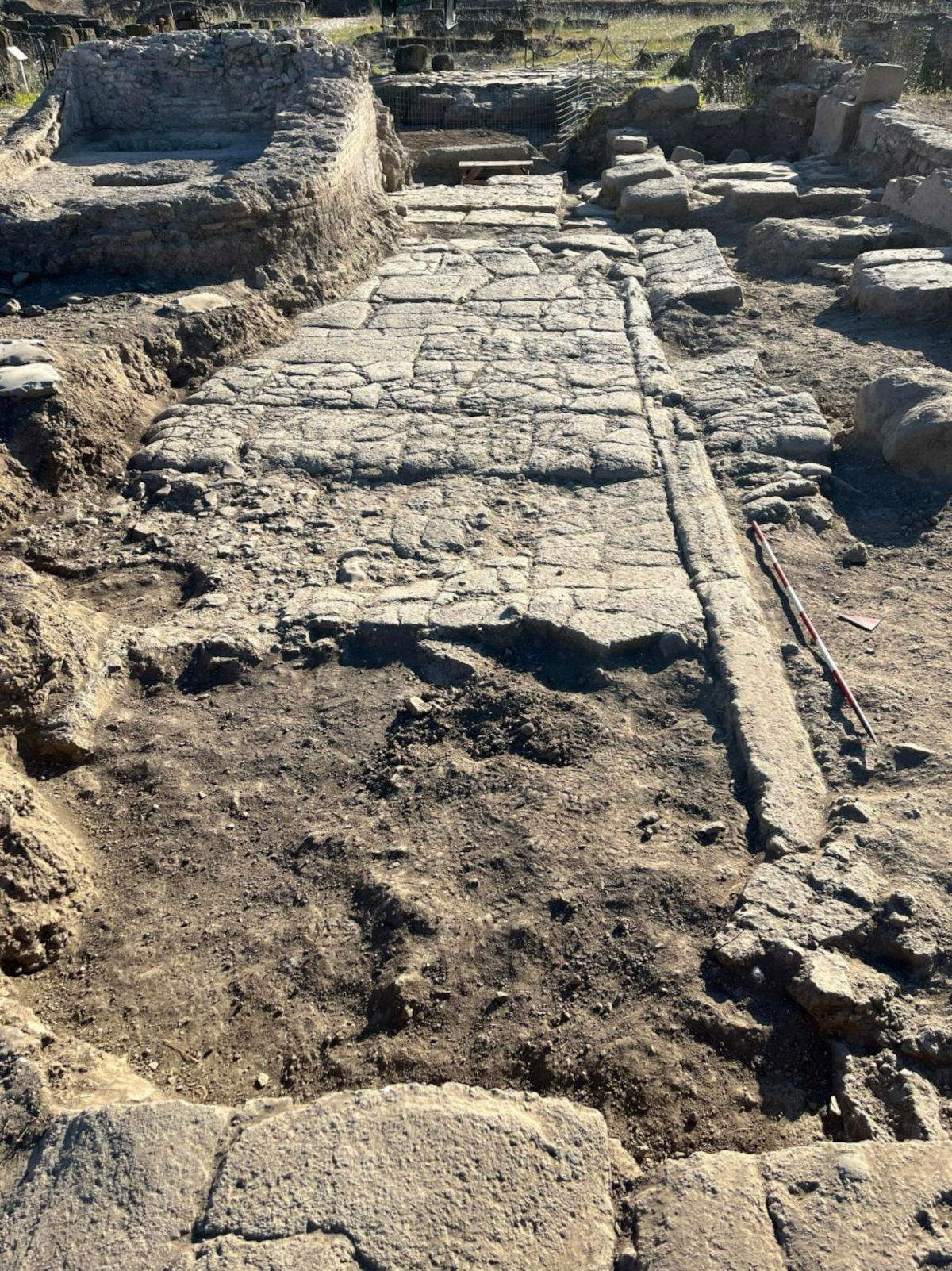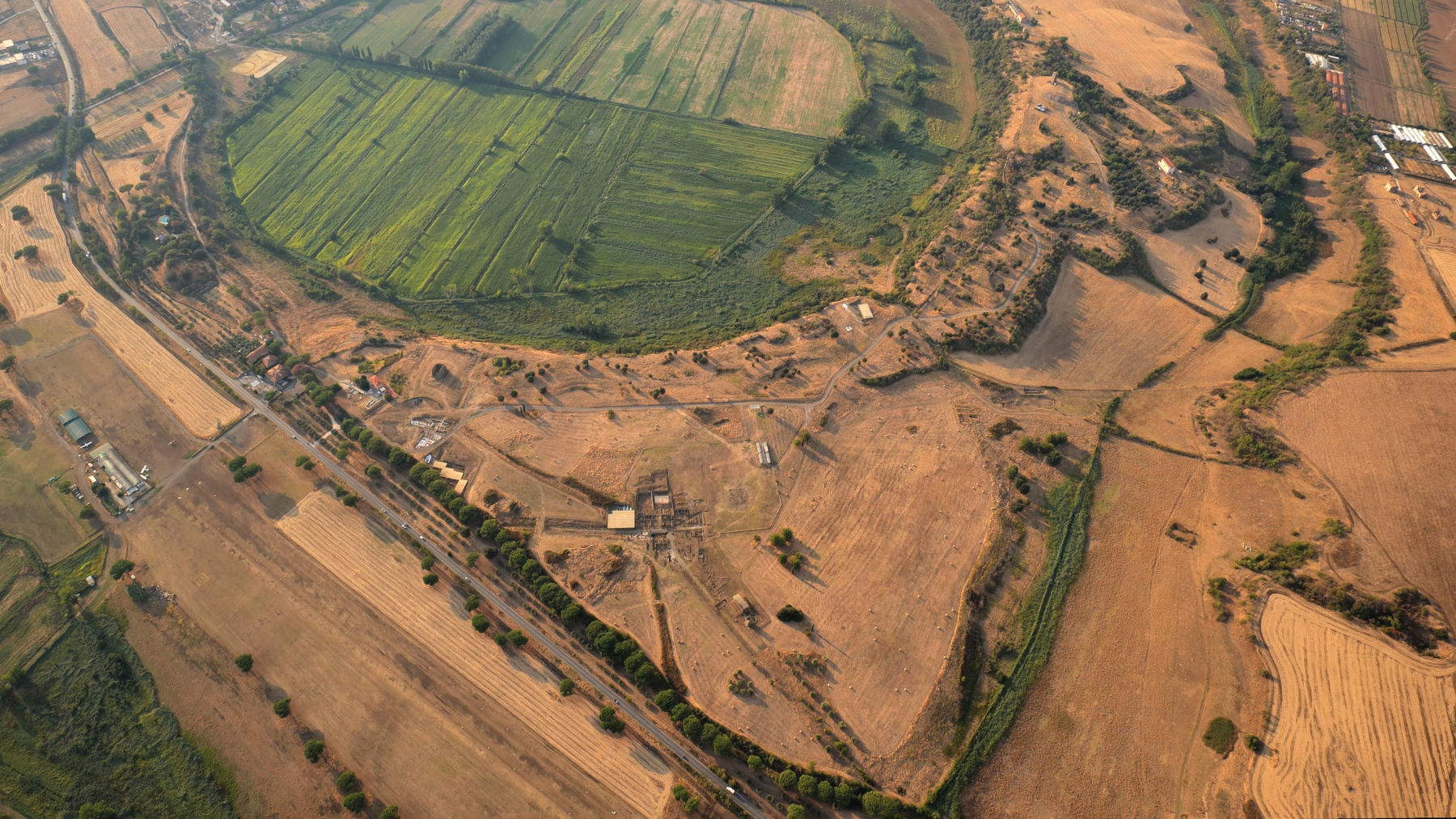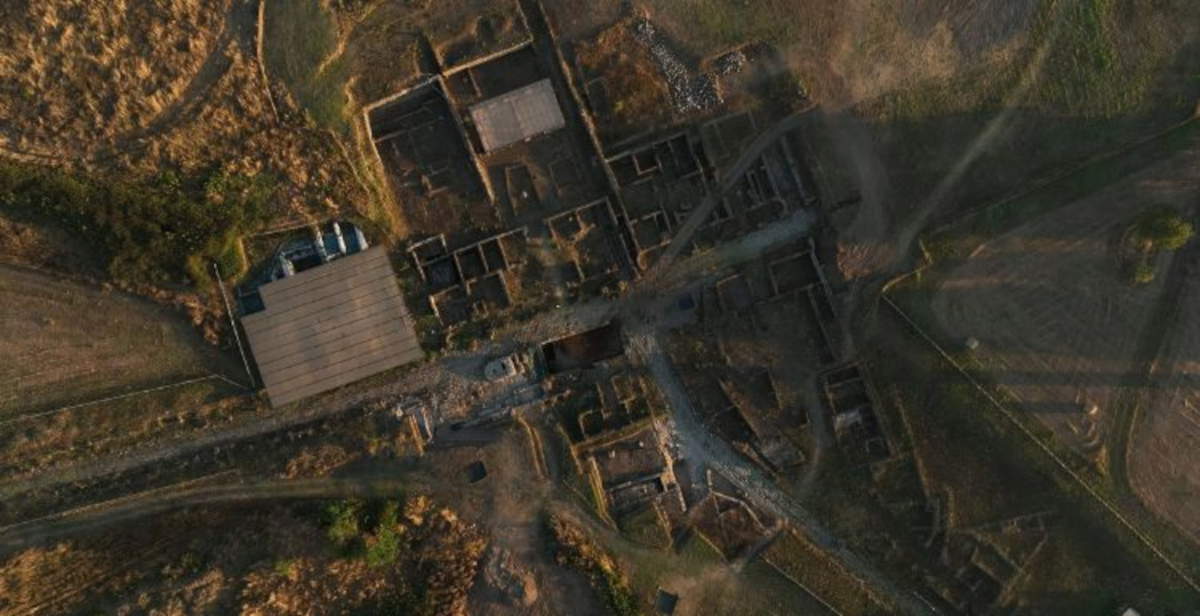Gabii, one of the most important cities of Latium, Latium vetus, and a privileged vantage point for understanding the origins of republican Rome, continues to yield data fundamental to the history of ancient architecture and town planning. Located about eighteen kilometers east of the capital, the archaeological area is at the center of a large international research project that in recent years has taken a leading role in the study of urban centers in central Italy in the mid-Republican age. The Gabii Project, directed by Professor Marcello Mogetta of the University of Missouri and carried out in collaboration with the Museums and Archaeological Parks of Praeneste and Gabii, led by Martina Almonte, concluded a new excavation campaign in the summer of 2025. The work focused on the urban area, where remains of particular significance emerged that contribute to enriching the knowledge of the first monumental public architecture that arose in Latium during a crucial phase of Roman history, when the city was gradually establishing itself as a Mediterranean power.
The main find concerns a monumental building complex located at the intersection of two major road axes, the Via Gabina and the Via Prenestina. Inside stands out a large basin built with squared blocks of gabina stone, the so-called lapis gabinus, set in a large space paved with slabs of the same material. The structure, probably related to sacred functions, still retains its original fills. In some places, deposits were observed in stagnant water conditions, a circumstance that suggests a supply from a natural spring. The find complements an already known context: the area of Building F, unearthed by the Gabii Project in previous years. The building, set on three terraces carved into the slope of the volcanic crater of Castiglione Lake, is characterized by a cruciform atrium aligned with the newly identified pool. Both structures, dated to the mid-3rd century B.C., constitute a rare example of monumental urban planning, with no direct comparisons to other coeval centers in central Italy.


The continuation of the research is already planned: a new phase of excavation, supported by the Ministry of Culture’s General Directorate of Museums, will begin in 2026, which will allow in-depth analysis of the underground deposits of the pool and related structures. The investigations should further clarify how a complex and innovative public space was formed, helping to reconstruct the social and cultural dynamics that accompanied the establishment of Roman architecture.
In parallel with its scientific activities, the Gabii Archaeological Park is working to consolidate its function as a place accessible to the community. Over the course of 2025, special openings with free admission have been organized on the occasion of national and European initiatives: from Sundays at the Museum to European Archaeology Days, to National Landscape Day, Music Day, and European Heritage Days. The openings have seen a gradual increase in visitors, including students, tourists and citizens. In addition, from Monday to Friday, the site hosts guided tours for school groups and other interested audiences. The stated goal is to reach daily use by the summer of 2026. With this in mind, work is already underway to ensure more accessible routes, enhance archaeological features, and improve services to the public. The National Recovery and Resilience Plan has made a decisive contribution in this direction, funding systematic restorations and the re-functionalization of the barn, which will be used as a visitable storage facility.
The enhancement project also involves the surrounding area. The Museums and Archaeological Parks of Praeneste and Gabii are collaborating with the Soprintendenza Speciale Archeologia Belle Arti e Paesaggio of Rome, the Metropolitan City and Municipality VI, as well as the University of Tor Vergata, cooperatives, cultural associations and schools. A network that aims to foster the rooting of archaeological research in the local community, stimulating forms of active participation and heritage education.

 |
| Gabii, new archaeological discoveries and prospects for opening by 2026 |
Warning: the translation into English of the original Italian article was created using automatic tools. We undertake to review all articles, but we do not guarantee the total absence of inaccuracies in the translation due to the program. You can find the original by clicking on the ITA button. If you find any mistake,please contact us.